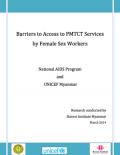Publications on Key Populations
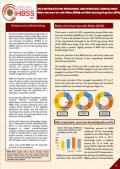
Resource | Fact Sheets,
The objective of the IHBSS is to determine the: (a) prevalence of HIV and syphilis among the key affected populations and establish trend over time, (b) behavioral factors that are associated with STI and HIV transmission and their effect on the HIV epidemic in the country, (c) outcome of STI and HIV intervention programs and (d) to provide strategic information to guide STI and HIV policies, programs and services.
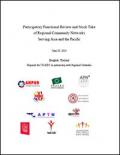
Resource | Reviews and Snapshots,
The Participatory Functional Review and Stock Take of Regional Networks Serving the Asia and the Pacific Region aims to understand the strategic contribution of 10 regional networks (selected by UNAIDS) over the past five years, further develop their institutional arrangements and capacities to deliver on their mandates, and strengthen their relevance and effectiveness especially their value-added to national stakeholders, donors, and the general public.

Resource | Fact Sheets,
The first CRiSP (Community Based Risk Behavioural and Seroprevalence Survey for Female Sex Worker in Hong Kong) was launched in 2006 and it was repeated in 2009. HIV prevalence among female sex worker (FSW) in Hong Kong was found to be maintained at a low level in these two rounds of CRiSP, 0.19% and 0.05% respectively.
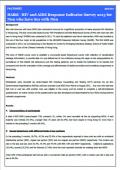
Resource | Fact Sheets,
To track the epidemic and inform intervention, men who have sex with men (MSM) was included as the one of the four major at-risk populations in the HIV/AIDS Response Indicator Survey (HARiS). The first HARiS was conducted in 2013, via commissioning to the Stanley Ho Centre for Emerging Infectious Disease, School of Public Health and Primary Care of the Chinese University of Hong Kong.
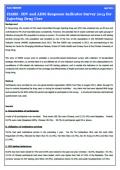
Resource | Fact Sheets,
The potential risk of cluster outbreak and rapid upsurge of infection among the IDU population is always a concern. To monitor HIV-related risk behaviours and access to HIV testing services among IDU, this population was included as one of the four at-risk populations in the HIV/AIDS Response Indicator Survey (HARiS) implemented since 2013.

Resource | Presentations,
2007, research study by TUC for accessing the feasibility of methodology for hidden population in Bangkok and Chiang rai.
2011, transferred to MOPH for strengthening the surveillance system among hidden population in 3 tourist provinces (Chiang mai, Chonburi and Phuket).
2013, MOPH expanded to Bangkok, Nakorn-rachasrima, and Rachburi.

Resource | Reviews and Snapshots,
Typical of the pattern seen elsewhere in Asia, the epidemic in Philippines began with explosive growth of HIV among people who inject drugs (PWID); in Cebu, HIV prevalence in male PWID increased from 0.8% in 2005 to 52.4% in 2013. Recent surveillance indicates that HIV is spreading from Cebu to the neighbouring city of Mandaue, where prevalence has increased from 0% in 2009 to 42.3% in 2013 (IHBSS 2005 to 2013).








